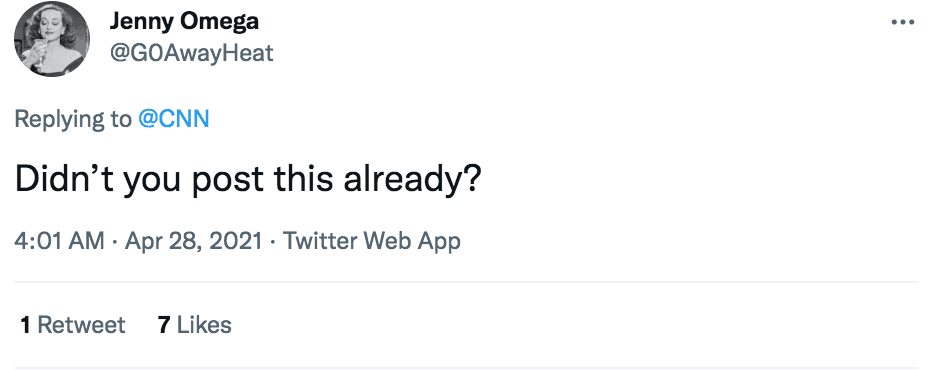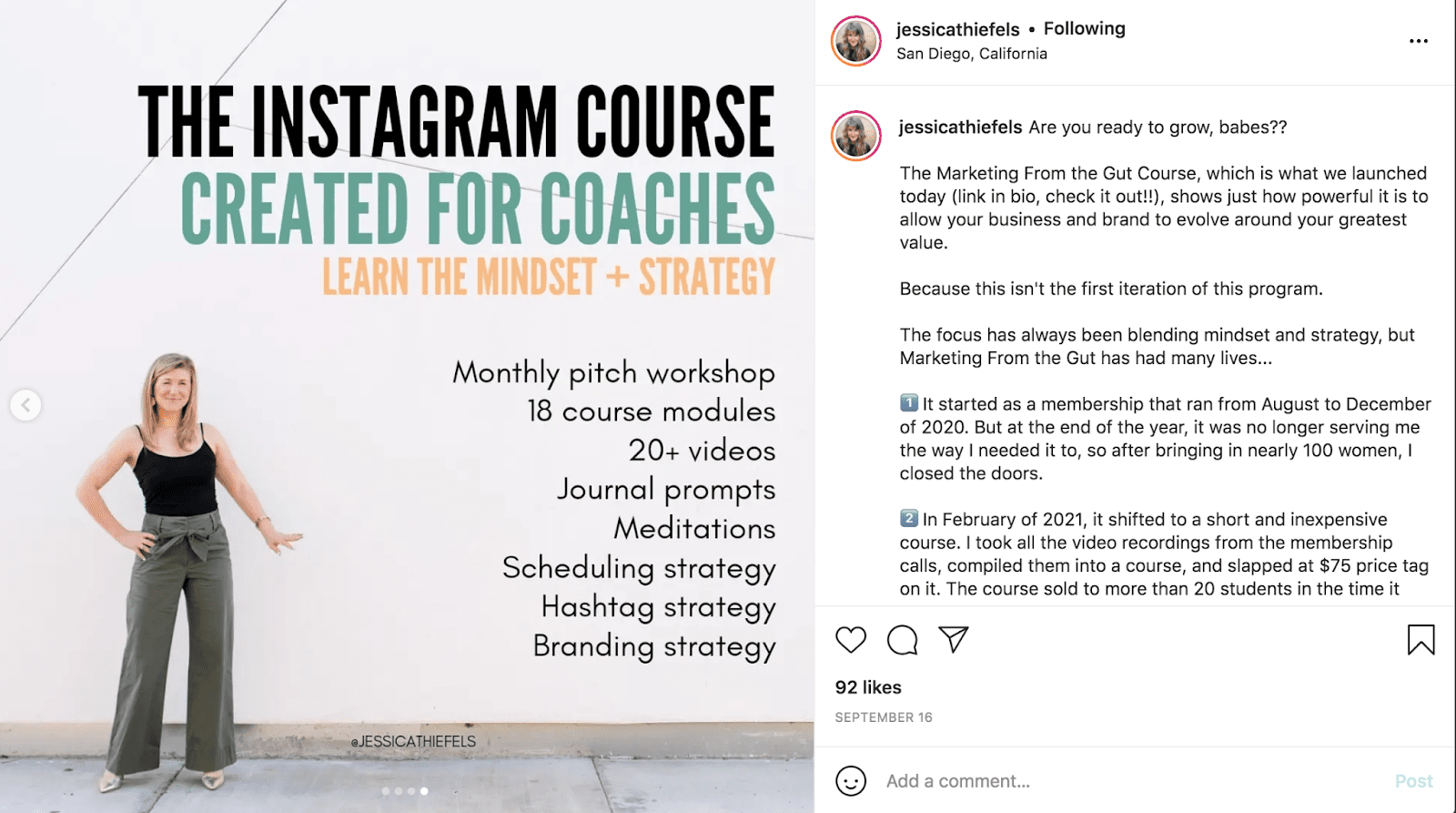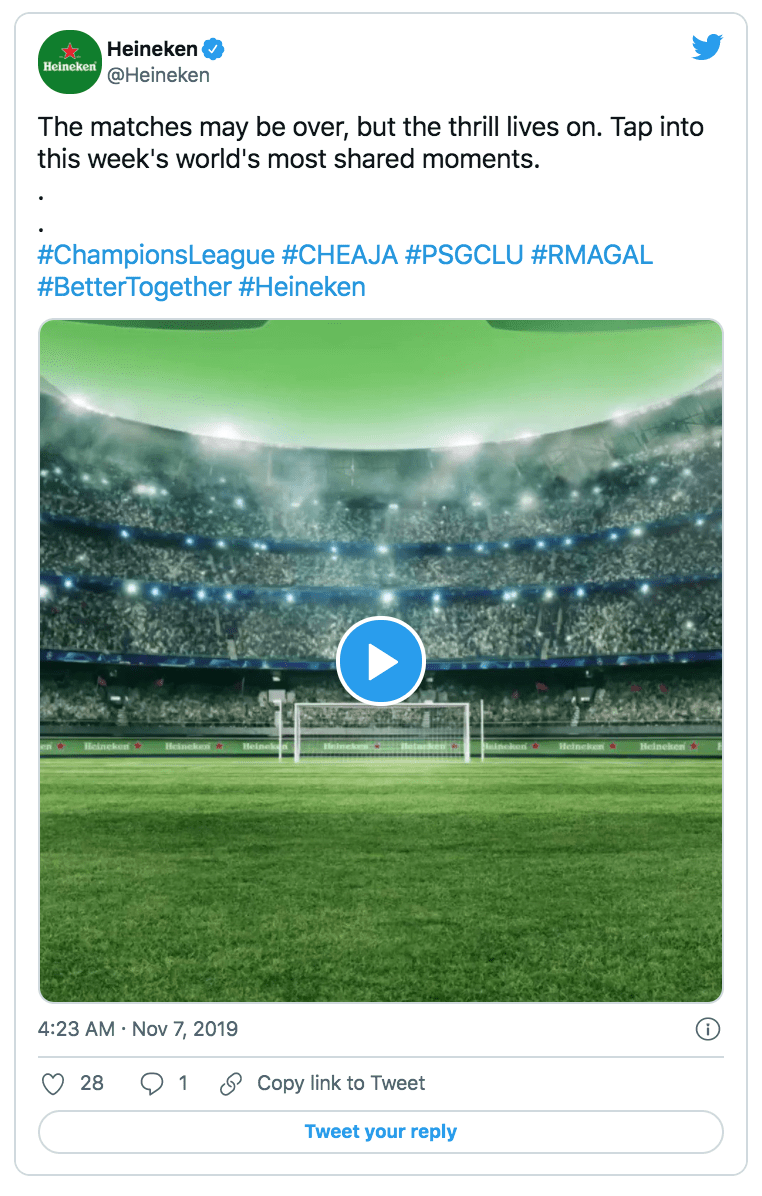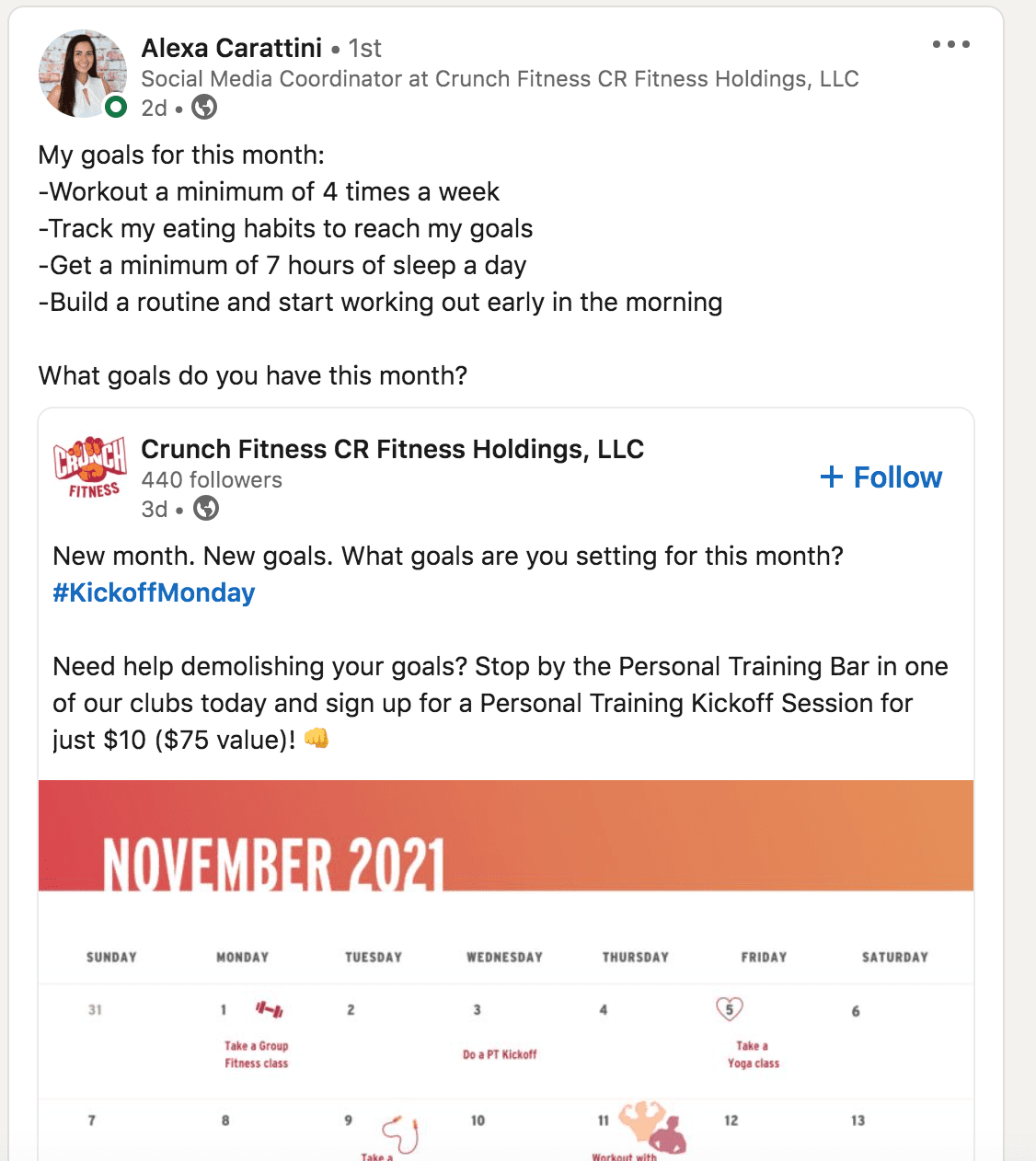There’s no denyin’ social media is a powerful tool you can use to increase brand awareness and connect with your target audience, but the pandemic has taken this to a whole new level.
Social media use during the pandemic has gone “way, way up”. In a recent survey, a whopping 72% of respondents said their social media consumption has increased as a result of COVID, while 43% said their posting has too.

However, before you build a social media strategy or improve on your existing one, keep in mind that it’s not enough to just be visible on your social networks. If you don’t approach it correctly, social media marketing could be an ineffective business tool—or even hurt your brand.
Here are six common social media mistakes companies often make, along with tips and strategies to fix ‘em.
Mistake #1: You Post the Same Content Across All Channels
While cross-posting—sharing identical content on all your social networks—may save you time, it can make your content appear careless or out-of-place. Here’s why this approach doesn’t work:
- Users engage with each platform differently. Users seek out different social media channels to fulfill specific needs. For instance, users primarily use LinkedIn to build their professional network, while 66% of Instagram users say Instagram is where they interact with brands.
- Each platform has its own distinct format. Twitter requires brevity with just 280 characters per tweet, while Instagram emphasizes visual content and allows for captions as long as 2,200 characters per post. Similarly, as Buffer points out, Instagram favors captions with at least 11 hashtags, Twitter posts perform better with no more than two hashtags, and Facebook posts do best without any hashtags at all.
- You may have users who follow you on multiple platforms. While consistent messaging can help drive results, the same exact content gets old fast in the eyes of your followers.

Aim instead for cross-promotion, which involves crafting one cohesive brand message tailored to the specifications and “language” of each unique platform.
Mistake #2: You Don’t Have a Clear Audience in Mind
“Developing a clear understanding of your social media target audience may be the most important thing you do as a social media marketer,” writes Christina Newberry for Hootsuite.
Knowing who you’re talkin’ to on social media is vital for creating relevant, meaningful content. After all, how can you speak directly to your audience’s specific needs if you don’t know what they are?

Great content starts with audience research. As you study your target niche, ask these questions:
- What is the predominant age bracket or generation?
- What geographic locations and time zones do they live in?
- What languages do they speak, or what cultures do they belong to?
- What spending power and purchase behaviors do they exhibit?
- What are their hobbies, interests, subcultures, or affiliations?
- What other businesses do they interact with on a regular basis?
- What forms of content do they consume or share on their accounts?
- What challenges or pain points do they need a solution for?
- What stage of life are they in (i.e., students, parents, retirees)?
Use your answers to create insightful user personas, and craft your posts around them. Voilà! No more generic content.
Mistake #3: You Don’t Have a Defined Social Media Strategy in Place
Small and local businesses represent 65% to 75% of search and social media spend on Google and Facebook (and this is only likely to increase beyond 2021). With all these networks saturated with brand messages, you can’t just toss your own content into the mix and hope it will resonate with the right audience. No matter how compelling your brand’s message might be, if you don’t have a plan to adapt it to social media, your content will not deliver the traffic, leads, or conversions you’re looking for.
If you’re serious about growing a strong social media presence, developing a strategy is a must. Not only will it help your content stand out, but it will also help you:
- Make sure you’re supporting your business goals.
- Target the right audiences for your brand.
- Save time by allowing you to plan a content calendar in advance.
- Set your brand apart from competitors with better content.
- Convert social media leads into sales.
As you tackle your strategy, make sure it includes the following components:
- Detailed buyer personas, which contain the key characteristics and behaviors of your target audience, allow you to develop content through the lens of your customers’ needs, goals, and priorities.
- Carefully selected calls to action (CTAs) that are logical and easy to understand help your target audience know exactly what action to take in response to your content. Calls to action should be as irresistible as possible and evoke a sense of urgency. Moreover, a CTA personalized to your audience is 202% stronger and more persuasive than an untargeted CTA.
- An optimized landing page experience is the first impression users will have after clicking on a piece of content. Keep the visuals and copy consistent with the branding on your social media. Ensure the navigation is user-friendly and mobile-responsive as well. Consider a platform like Unbounce to help you test, manage, and optimize landing pages.

Mistake #4: Your Content Is Just So-So
GoodFirm’s Unfollowed Brands on Social Media survey found that 79% of consumers unfollow a business’s social media profiles if the content no longer interests them, and nearly 67% unfollow a business if the content becomes irrelevant.
The easiest way to keep users interacting with your brand is to make sure your posts are high-quality, relevant, and truly engaging. While this may sound like common sense, it’s actually harder than it sounds to create content that stands out from the clutter. Below are a few action steps to keep your content fresh and interesting:
- Promote collaboration between the marketing and sales teams. Your sales representatives likely know your customers inside and out and can help you brainstorm innovative content ideas that will resonate.
- Listen to customer feedback and study engagement metrics to determine what your target audience wants to see from you and what they respond to most.
- Make the content immersive and experiential with multimedia elements such as videos, animated infographics, polls or quizzes, webinars, and other interactive audiovisual content.
- Frame content around newsworthy current events, topical issues, or trends that resonate with your audience and feel relevant to your brand or industry.

Mistake #5: You’re Not Using Social Media as a Sales Tool
Social media is not only a tool for generating brand awareness and website traffic, it can also be used for social selling, especially for companies that conduct business with other companies. LinkedIn is an excellent channel for B2B businesses to research, locate, connect with, and, ultimately, sell to other professionals or organizations.

The communication experts at 4PSA say it best: “Your sales team can send pitch emails and marketing messages to key leads, while nurturing discussions that convert into clients and customers.” Here are their tips for increasing your sales with LinkedIn:
- Target decision makers. Research the contact’s profile to confirm they have the appropriate job position and decision-making power.
- Be on the lookout for unexpected connections. Look for affiliations and interests that you have in common with leads and use these to start a dialogue. What professional organizations are they part of? What previous companies have they worked for? What is their hometown or alma mater?
- Use the search features to target specific leads. Find potential leads using LinkedIn’s advanced search function to narrow results by school attendance, industry categories, location, and companies.
- Focus on one clear, realistic call to action. Given your lead’s busy schedule, only make reasonable requests that are clear and specific, then make it easy for them to take action. For example, if you want to schedule a 15-minute phone call, attach a scheduling link to the initial message, rather than waiting to send the link until after they respond.
- Follow-up if you don’t receive a timely answer. Send a courteous, tactful follow-up message if you don’t hear back within the first 10 to 14 days of reaching out. Then give it about a month and initiate contact again if necessary. This will keep you at the forefront of your lead’s inbox—and top of mind as well.
Mistake #6: You’re Fatiguing Audiences with Too Much Activity
If someone follows your brand on social media, it’s a given that they expect to interact or hear from you on a regular basis. A consistent posting schedule is crucial to create maximum exposure for your content.
However, there’s a fine line between increasing brand awareness and being so active on social media that it comes across as self-promotional, or just plain annoying. In fact, 42% of users unfollow brands that excessively publish content. Yikes!

“To occupy enough of their mind space to get a deal down the line, you have to constantly remind contacts and connections of your value. But you have to do it in a way that doesn’t ‘fatigue’ them,” the marketing experts at The Paperless Agent point out. “To prevent that fatigue, good marketers use multiple channels of communication to stay connected with their audiences.”
Make sure social media isn’t your only channel for promoting your messages. Cross-promote on these other platforms too, so your followers aren’t overwhelmed on any single channel:
- Blog
- Phone calls
- Text messages
- Videos
Make 2022 Your Strongest Year Yet on Social Media
If you’re guilty of any of the mistakes above, you’re certainly not alone. As with any channel, it takes time to adapt to social media—and constant refinements in order to be successful. As you finish off 2021 and get ready for next year, keep these points in mind and you’ll be sure to take your social media game to the next level.
Of course, don’t forget to build landing pages to collect your social media traffic, gather leads, and convert sales opportunities.

![[Unbounce – BOFU] Pricing – V3 – 2024 Unbounce Conversion Rate Optimization CTA banner](https://unbounce.com/photos/Unbounce-BOFU-Pricing-V3-2024.jpg)
